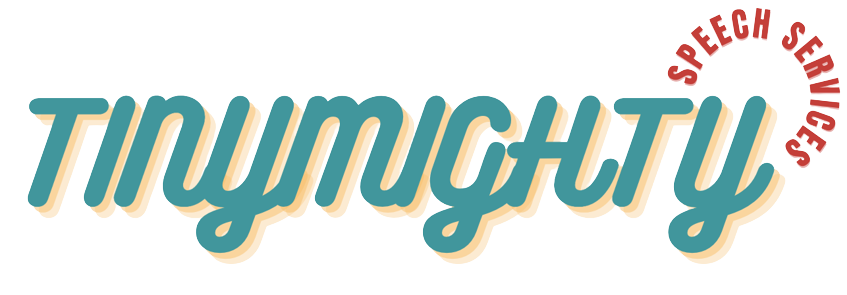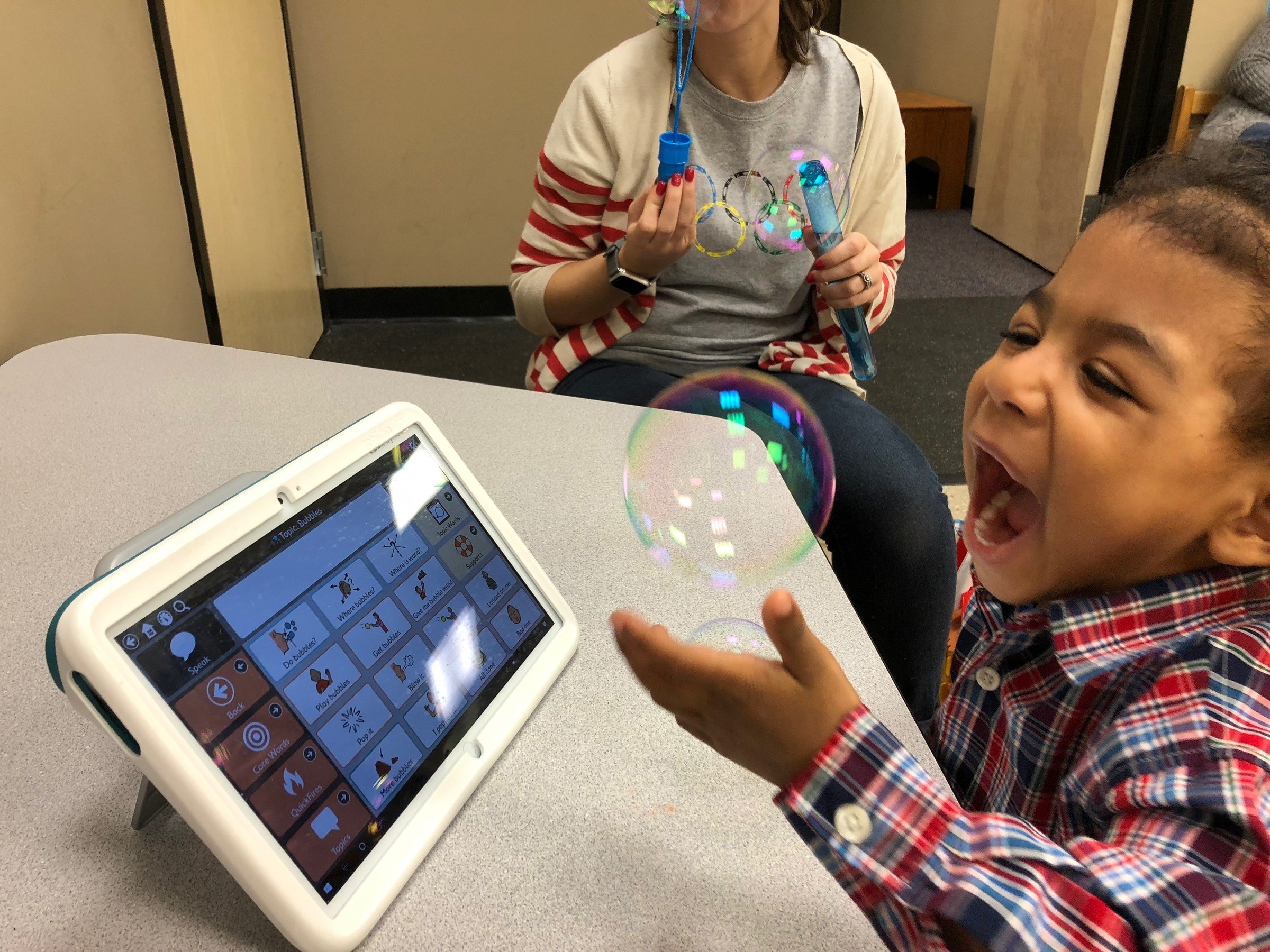In the ever-evolving field of pediatric therapy, there’s a profound shift taking place. It’s a shift from focusing solely on “fixing” differences to celebrating and embracing the richness of human diversity. This change is encapsulated in the concept of a “neurodiversity affirming approach.” In this blog post, we’ll explore what a neurodiversity affirming approach is and why it’s reshaping the way we think about speech therapy, occupational therapy, and physical therapy.
Defining Neurodiversity
Neurodiversity is a concept that recognizes and respects the wide range of neurological differences among individuals. These differences encompass not only autistic individuals or kiddos with ADHD, but also the vast spectrum of human cognitive and sensory experiences. This lens encourages us to view these differences not as deficits or disorders, but as natural variations that contribute to the tapestry of human existence.
The Key Principles of a Neurodiversity Affirming Approach in Therapy
Respect for Individuality: A neurodiversity approach respects that every person is unique, with their own set of strengths and challenges. This approach avoids labeling individuals as “broken” or “disordered” but rather recognizes their individuality and focuses on a strength-based approach.
Enhancing Communication, Not Conforming: Instead of striving to make everyone communicate in the same way, a neurodiversity affirming approach focuses on enhancing an individual’s communication abilities in a way that works best for them.
Supportive Environment: It promotes the creation of environments that are inclusive, accommodating, and supportive of all communication styles. Speech therapists work with individuals to develop strategies and tools that fit their unique needs.
Encouraging Self-Advocacy: A neurodiversity affirming approach empowers individuals to advocate for themselves and their communication needs. It encourages them to express their preferences, whether it’s using alternative communication methods or adjusting the pace of conversation.
How a Neurodiversity Affirming Approach Benefits Speech Therapy
Respect and Dignity: It promotes a culture of respect and dignity, where individuals are valued for who they are, rather than being pathologized for their differences.
Stress Reduction: By focusing on the individual’s strengths and natural communication style, a neurodiversity affirming approach reduces the stress and anxiety often associated with therapy.
Effective Communication: It recognizes that effective communication can take various forms and that there’s no one-size-fits-all approach. This flexibility allows individuals to find the methods that work best for them.
Empowerment: A neurodiversity approach empowers individuals to take control of their communication journey, leading to increased self-confidence and independence.
Inclusivity: It fosters a more inclusive society that values and accommodates diverse communication styles, making it easier for individuals with communication differences to participate fully in their communities.
The Future of Speech Therapy
The adoption of a neurodiversity affirming approach in speech therapy is not just a paradigm shift; it’s a step towards a more inclusive, accepting, and equitable future. By celebrating the uniqueness of each individual and valuing diverse ways of communicating, speech therapists can help individuals reach their full potential in an environment that respects their identity.
In this evolving landscape, speech therapy becomes a journey of self-discovery, growth, and empowerment, guided by the principles of neurodiversity. Embracing these differences as strengths rather than shortcomings is not only enriching for the individuals we work with but also for society as a whole, as it creates a world where everyone’s voice is heard and celebrated.


